If you're wondering how to get solar power without drilling into your roof or going through a complex setup, you can use a portable solar generator.
Not every home can choose rooftop solar system installations. Maybe you live in an apartment where drilling into a shared roof isn't allowed. Or you rent your home and can't make structural changes. Even some homeowners face roadblocks, such as shaded rooftops, aging shingles, or building restrictions, which make traditional rooftop solar systems a complicated choice.
So, how to get solar power without a rooftop? That's where the portable solar generators come in. Jackery Solar Generators offer a flexible way to power your home essentials using the sun. These compact, plug-and-play, and off-grid home battery backup solutions help people who need solar that fits their lifestyle without requiring a complicated rooftop setup.
In this article, you'll learn:
- You don't need rooftop solar panels to access solar power. Portable solar generators can operate anywhere with sunlight, making them ideal for renters and properties with shaded areas.
- Jackery Solar Generators offer plug-and-play convenience. These home battery backup solutions require no complicated setup and can power appliances for extended periods of time.
- You can lower your electricity bills by using solar generators to run daily appliances, such as lights, fans, and routers, directly from solar energy and reduce your grid usage.
- Where can you place a solar panel at home.
- Do you need any permits for portable solar systems.
Who Needs Solar Power Without a Rooftop?
Anyone living in a rented apartment, shared housing, or condo, or in a home with shaded or damaged roofs, often needs solar power without a rooftop.
Renters in Apartments
If you rent your home, you likely can't install permanent solar panels on the roof. In this case, portable solar generators allow you to enjoy renewable energy without needing to ask your landlord or modify the building. You can unfold and set up the solar panels, plug them into the portable power station, and start powering the essential appliances.
Shared Housing or Condos
Living in shared housing or a condo often means dealing with HOA rules, limited access to roof space, or shared utility systems. A portable solar generator offers a reliable way to power household appliances during power outages or in areas without access to electrical outlets.
Homeowners with Shaded or Damaged Roofs
Even if you own your home, you may not have the right roof to install the solar power supply system. Dense trees, poor sun exposure, or an aging structure can make rooftop solar panels impractical. A plug-and-play solar generator offers the benefits of solar energy without requiring roof installation.
What are Plug and Play Solar Systems?
Plug-and-play solar systems are simple, ready-to-use solar setups that require no wiring, no rooftop installation, and no professional help. These are designed for convenience and are a more affordable way to start generating solar power. Instead of mounting panels on your roof and connecting them to a complex inverter system, you simply place the portable solar panel where it gets sunlight, plug it into a compatible power station, and start powering your home appliances. These are one of the convenient ways to understand how to get solar power at home.
Key Components of a Plug-and-Play Solar System
The key components of the plug-and-play solar system include solar panels, built-in inverters, a power station, and cables and connectors. Some plug-and-play solar systems also include transfer switches to connect the solar generator to the home's electricity panel. Here is a more detailed breakdown of key components:
- Solar Panels: The foldable solar panels for home capture sunlight and convert it into electricity. You can place them on a balcony, in your yard, or even just outside a sunny window. Many types of solar panels are lightweight and easy to move, allowing you to adjust them throughout the day for optimal sunlight.
- Portable Power Station: It stores the electricity generated by the panels and delivers it to your appliances when needed. Jackery Portable Power Stations come with built-in inverters and multiple output ports, making them ideal for both small devices and heavy-duty home use.
- Cables and Connectors: Most plug-and-play systems come with cables that don't require any setup expertise. Just connect the panel to the power station, and then you can start powering the appliances.
- Transfer Switches: Some plug-and-play solutions, such as the Jackery Solar Generator 5000 Plus, are compatible with transfer switches that connect the solar generator to the home's electrical panel.

Can You Reduce Your Electricity Bill Without Rooftop Solar?
Yes, you can reduce your electricity bills without investing in a rooftop solar system. For example, if you do not require a permanent rooftop solar system, you can consider investing in the essential home backup solutions like the Jackery Solar Generator 5000 Plus that can power most critical household appliances for extended periods. You can easily run refrigerators, lights, TVs, heaters, and cooking appliances during the peak electricity hours when the rate is high.
|
Common Devices |
Wattage |
Runtime |
Power Consumed |
Monthly Savings |
|
Refrigerator |
300W |
8H |
2400Wh |
$12.30 |
|
TV |
150W |
4H |
600Wh |
$3.00 |
|
Microwave |
1000W |
1H |
1000Wh |
$5.10 |
|
Heater |
1000W |
4H |
4000Wh |
$20.70 |
|
Vacuum Cleaner |
2000W |
4H |
8000Wh |
$41.70 |
Note: We have assumed the electricity rate per kWh to be 17.45 cents, as per the data received from the EIA report.
If you power the above-mentioned five appliances, you can save up to $82.80 monthly and $1,007.40. The savings can further increase if you power other household appliances with solar power.
Jackery Essential Home Backup Solution to Get Solar Power
If you're looking for how to get solar power at home without rooftop installation, Jackery Solar Generator offers a powerful and ready-to-use solution. These essential home backup solutions are designed for homes that require reliable energy during outages or for achieving daily energy savings. Here are two different solar generators from Jackery:
Jackery Solar Generator HomePower 3000
The Jackery Solar Generator HomePower 3000 is built for everyday home use. The massive battery capacity can power essentials like your refrigerator, microwave, medical devices, or even a washing machine. It's the lightest and smallest 3kWh LFP power station that can be used indoors. It has dual-sided handles that ensure easy movement in and around the home.
Appliances Running Time
- Refrigerator (300W) = 8.1H
- TV (150W) = 15.2H
- Microwave (1000W) = 2.6H
- Heater (1000W) = 2.6H
- Vacuum Cleaner (2000W) = 1.3H

Who Should Buy This
If you're a homeowner looking to keep your essentials running during blackouts and reduce grid dependence without rooftop installation, the Jackery Solar Generator HomePower 3000 is a reliable solution.
Customer Review
"I bought a HomePower 3000 and a 2000 v2 (one for the basement and one for the main floor), also a 300 explorer for my personal devices. Nice to have plenty of backup when power outages occur. Plus, the portability to take lasting clean energy to whatever I may be up to!" — Rick Karr.
Jackery Solar Generator 5000 Plus
The Jackery Solar Generator 5000 Plus is an essential home backup solution for long-term power outages. It is ideal for families who want solar power during extended power outages or high-energy use. It supports heavy appliances, such as space heaters, sump pumps, and air conditioners. Despite its massive battery, it can be easily rolled between rooms or into storage when not in use.
Appliances Running Time
- Refrigerator (300W) = 12.2H
- TV (150W) = 21.4H
- Microwave (1000W) = 4.1H
- Heater (1000W) = 4.1H
- Vacuum Cleaner (2000W) = 2.1H

Who Should Buy This
If you're a family or a homeowner seeking long-duration backup power for home appliances, especially in areas prone to outages or with rising electricity costs, then the Jackery Solar Generator 5000 Plus sounds like an ideal choice.
Customer Review
"The power went out two days after receiving it, but I had already charged both 5000W units and battery packs. Jackery saved the day running our CPAP machines, two refrigerators, and a freezer with no problems." — Danny Wroolie.
Where Can You Place a Solar Panel at Home?
You don't need a rooftop to get solar power and run appliances without depending on the electricity grid. Portable solar panels are designed to work in a variety of home settings and can recharge the power station, provided they receive direct sunlight for a significant portion of the day. Here are a few common and effective placement options:
- Balcony or Terrace: A sun-facing balcony or terrace is one of the best spots for enjoying the outdoors. You can angle the solar panel toward the sun and easily adjust its position throughout the day.
- Backyard or Garden: If you have outdoor space, you can set the solar panels on a flat surface or a stand in the backyard. Make sure they're positioned away from tree shadows or buildings that could block sunlight.
- Near a Sunlit Window: In smaller apartments, placing the solar panel just inside or outside a window that gets strong midday sun can still generate a useful amount of power.
- Move It With the Sun: One of the biggest advantages of portable solar panels is flexibility. You can start the day with the panel on one side of your home, then move it as the sun shifts, which maximizes the solar input without needing permanent installation.
Do You Need Any Permits for Portable Solar Generators?
Generally, no permits are required for using portable solar generators to run home or outdoor appliances, as they are considered temporary, plug-and-play devices. For example, if you are investing in the Jackery Solar Generator, which does not require rooftop installation, you don't need to obtain any permits. However, it is a good idea to check local guidelines if you live in a community with strict HOA rules or building restrictions.
Common Questions About How to Get Solar Power
What are the main components of a solar power system?
The main components of a solar power system include solar panels, an inverter (sometimes built into the battery), and power stations. These components work together to convert sunlight into usable electricity for appliances.
Can you put portable solar panels on the roof?
Yes, it is generally possible to put portable solar panels on the roof only if they are designed for that purpose.
Can portable solar panels be left outside?
Yes, portable solar panels can be placed outside to absorb sunlight and recharge the power station. However, if there's rain or snow that can damage the solar panels, it's essential to fold them and keep them inside.
How solar energy reduces electricity bills?
Solar generators reduce electricity bills by reducing the reliance on the grid. These can power various household appliances, such as refrigerators, lights, fans, etc., with the help of free solar power.
Can solar panels be installed without a roof?
Yes, portable solar panels can also be installed on the balcony, terrace, backyard, or in areas that receive direct sunlight.
Conclusion
If you've been trying to figure out how to get solar power without installing panels on your roof, portable solar generators are the answer. If you are a renter, live in a shaded area, or simply want a more flexible solution, portable solar generators can help you power your appliances without requiring rooftop installation.
You don't need permits, roof access, or professional installation. With Jackery Solar Generators, solar power becomes something anyone can access. Whether you're cutting electricity costs, preparing for outages, or just looking to live more sustainably, you can get solar power without being limited to rooftop solar systems.

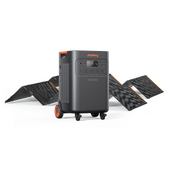








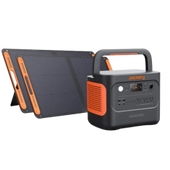


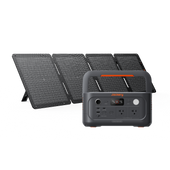
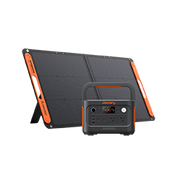
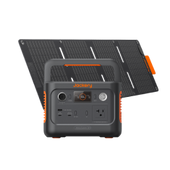
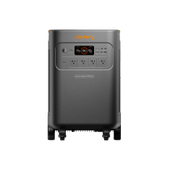
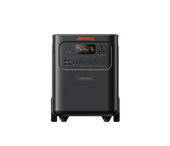
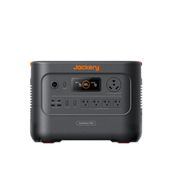
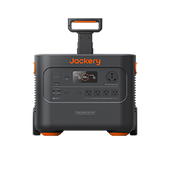
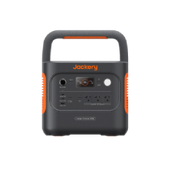

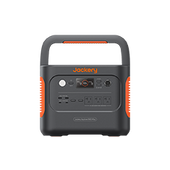
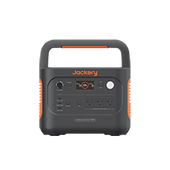
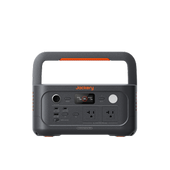
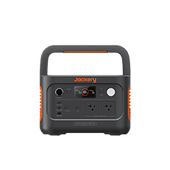
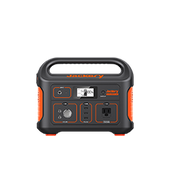


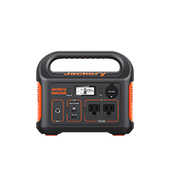
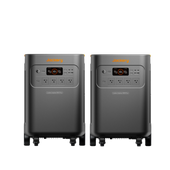
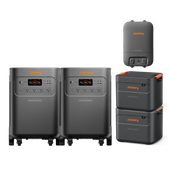
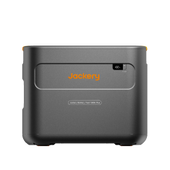

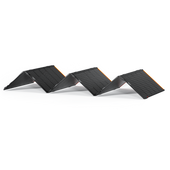

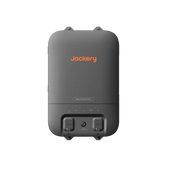
![[Add - on] Jackery Manual Transfer Switch for Explorer 5000 Plus - Jackery](http://www.jackery.com/cdn/shop/files/add-on-jackery-manual-transfer-switch-for-explorer-5000-plus-9017324.png?v=1754016782&width=170)
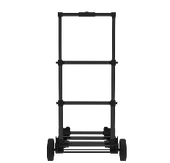
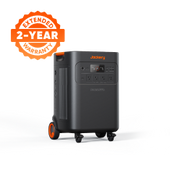
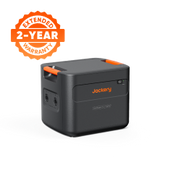
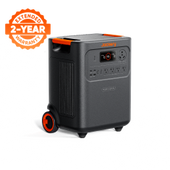
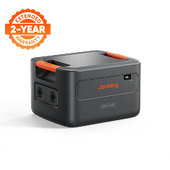
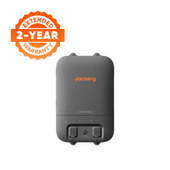
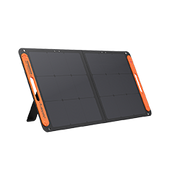
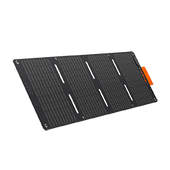
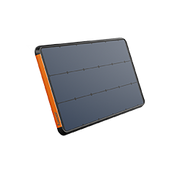
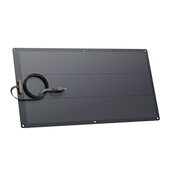
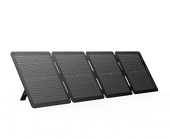

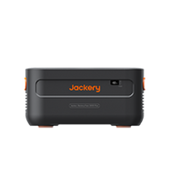
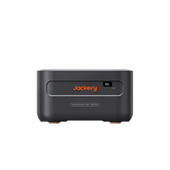
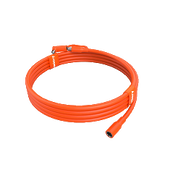
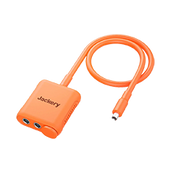
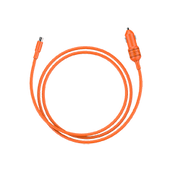

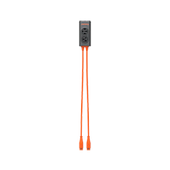
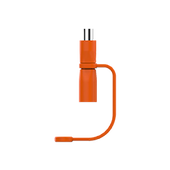
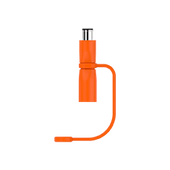
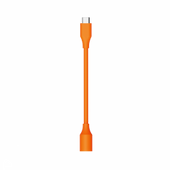
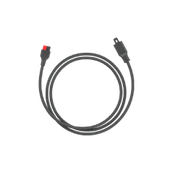
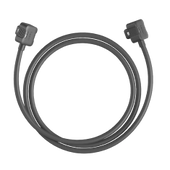

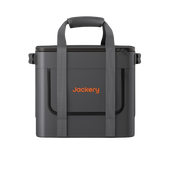
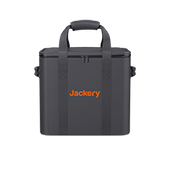
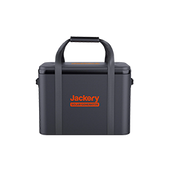
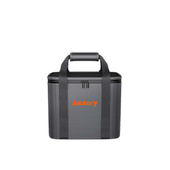
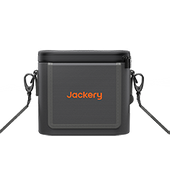
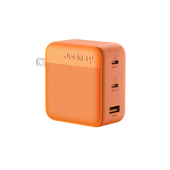
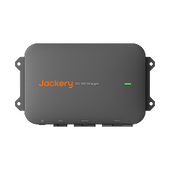


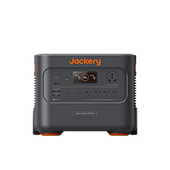
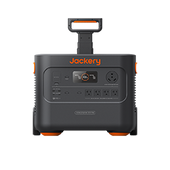
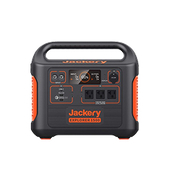
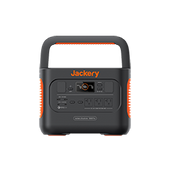
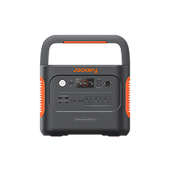

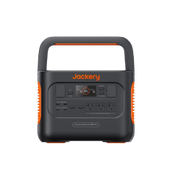


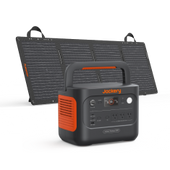

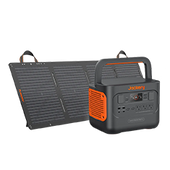



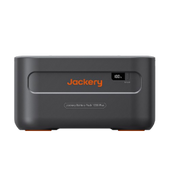

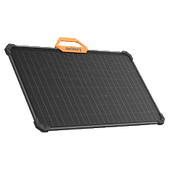


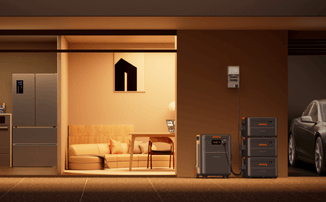
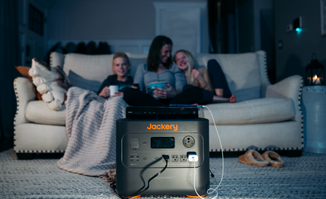
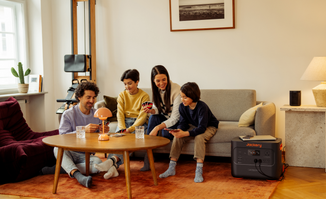
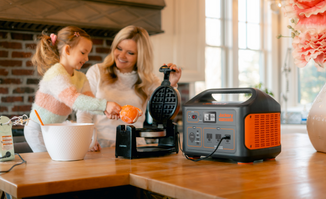

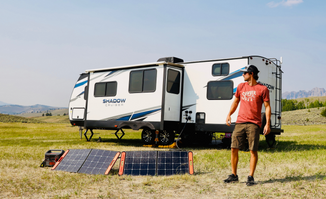
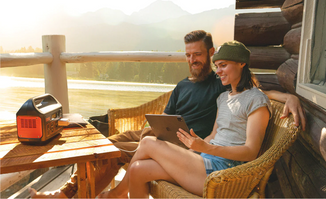
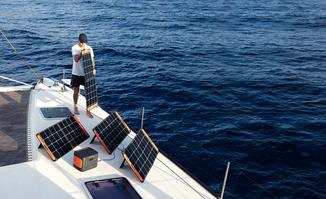

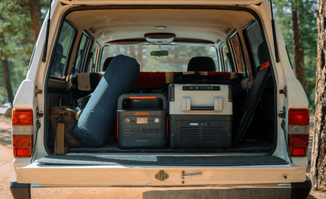




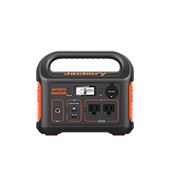
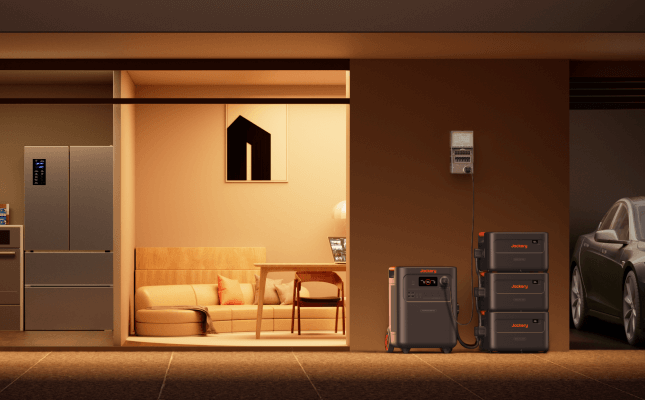
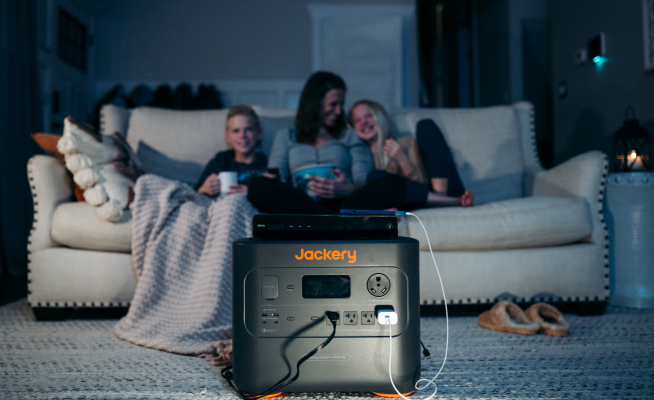

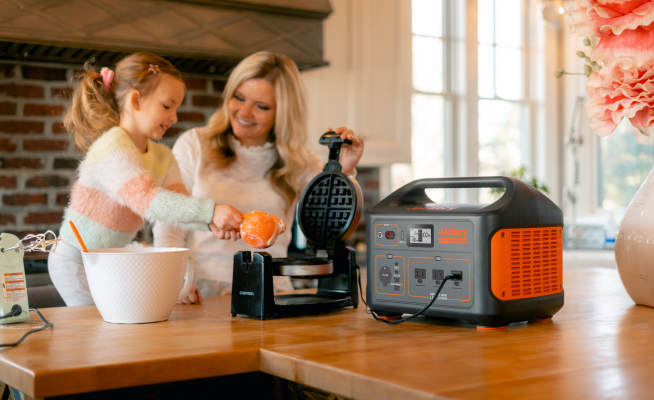
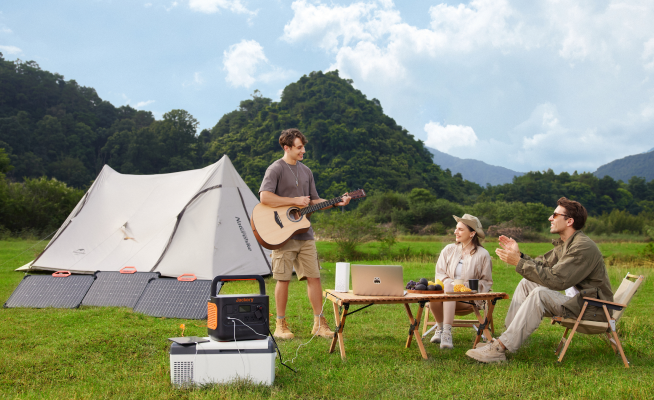
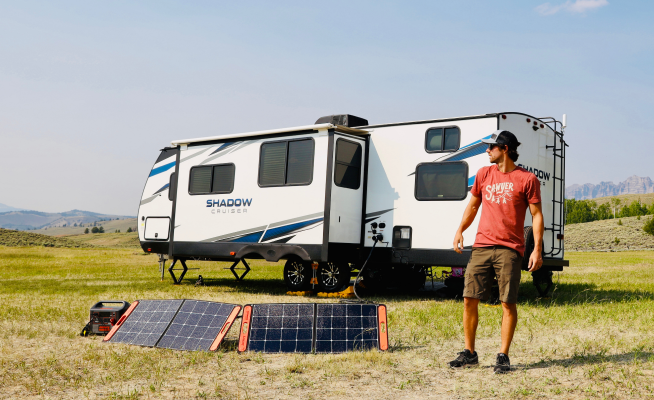
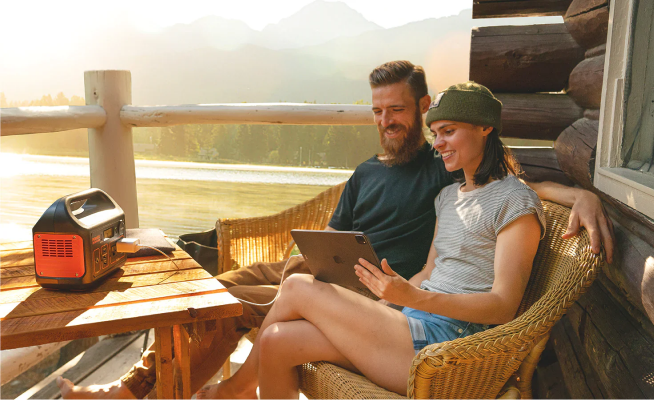
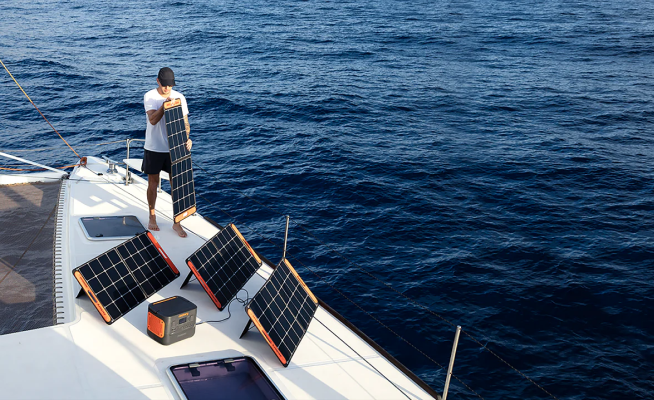
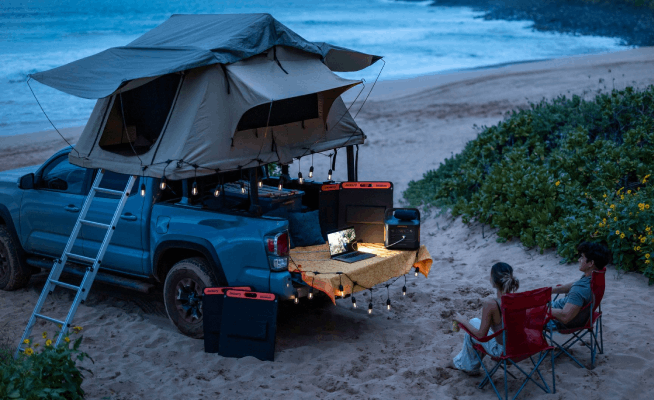
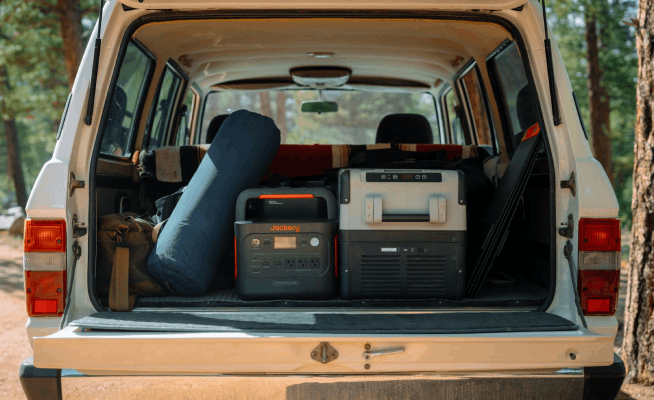
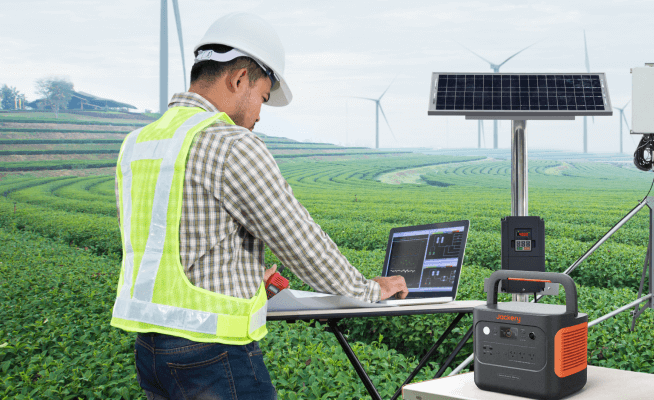

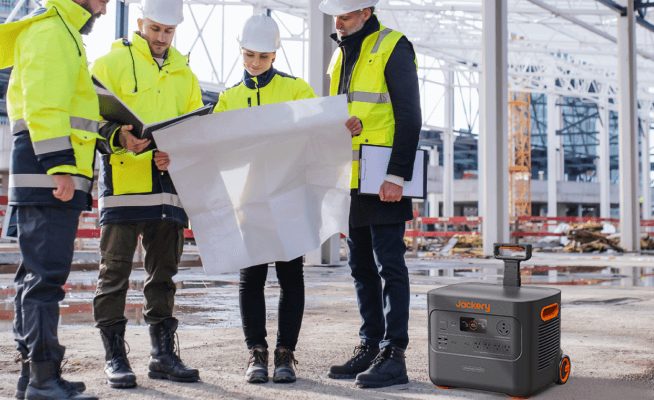



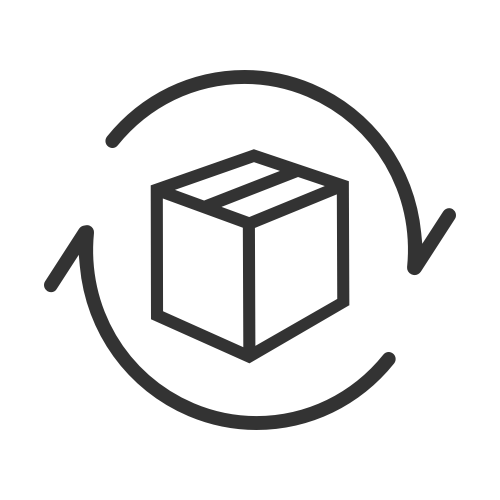





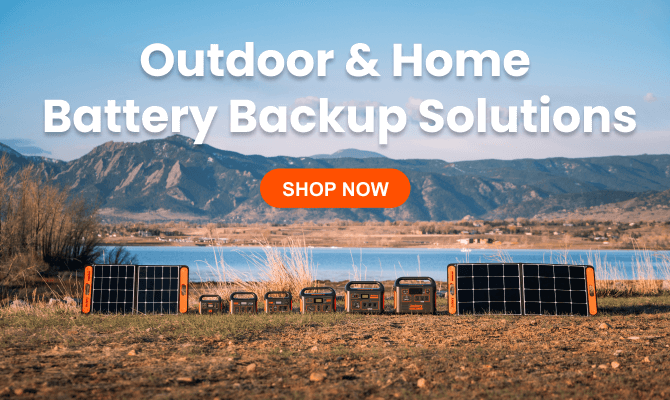

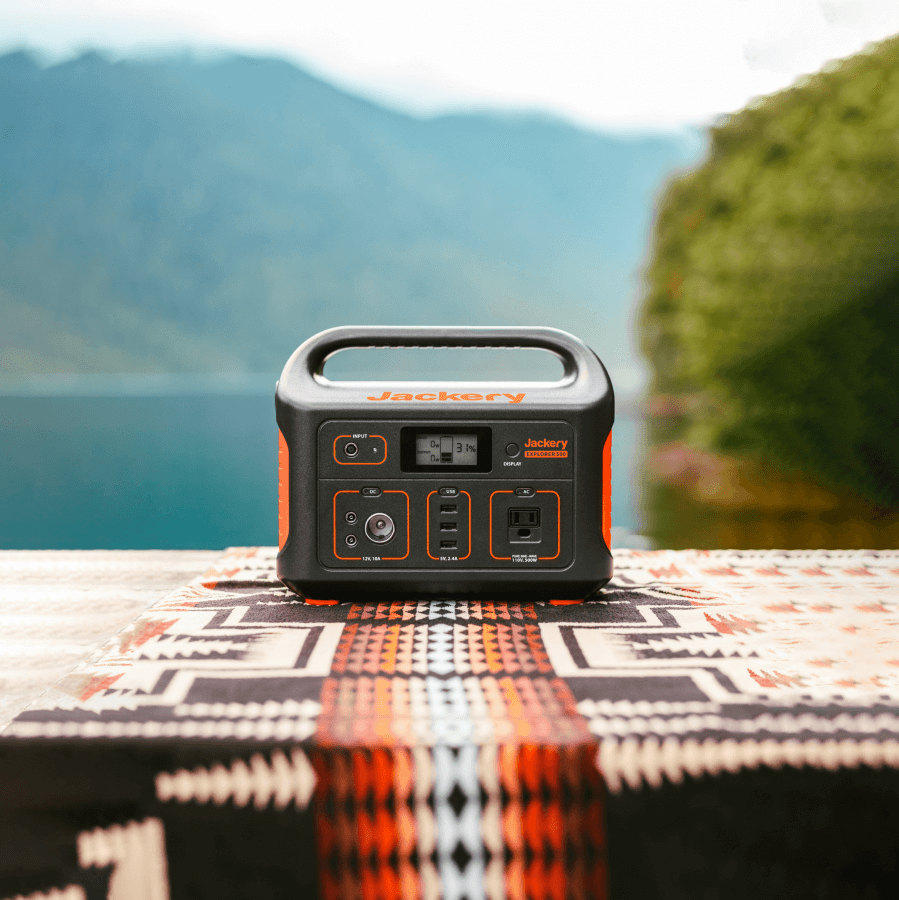
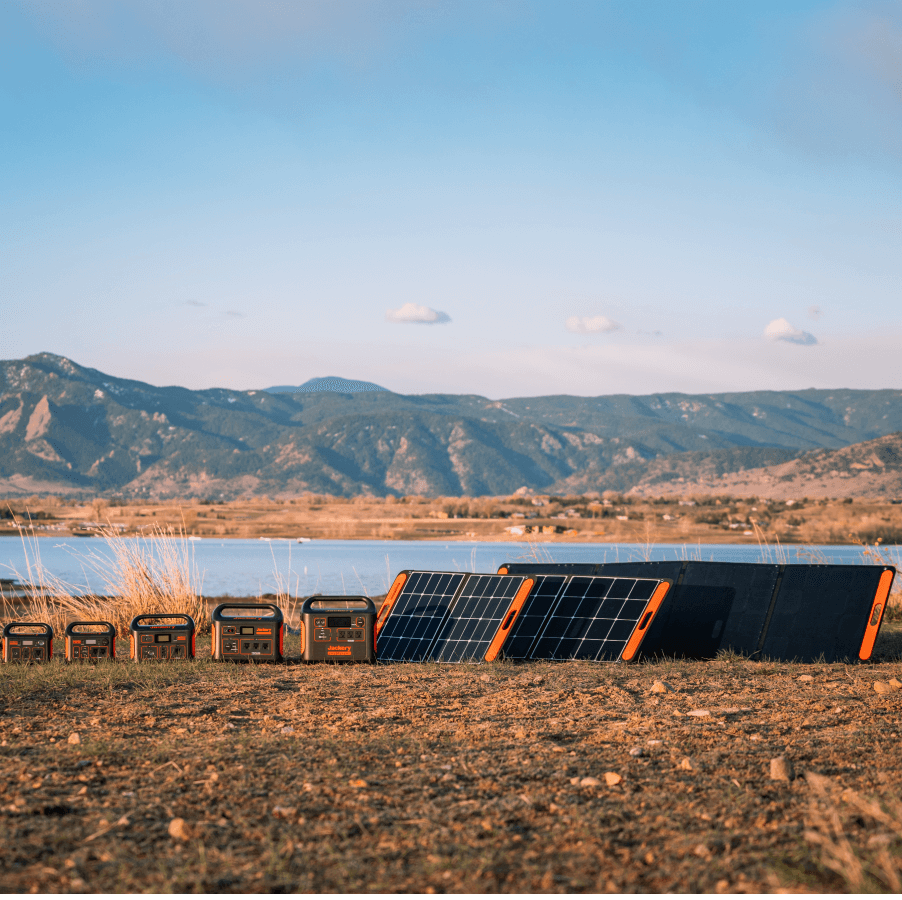
Leave a comment